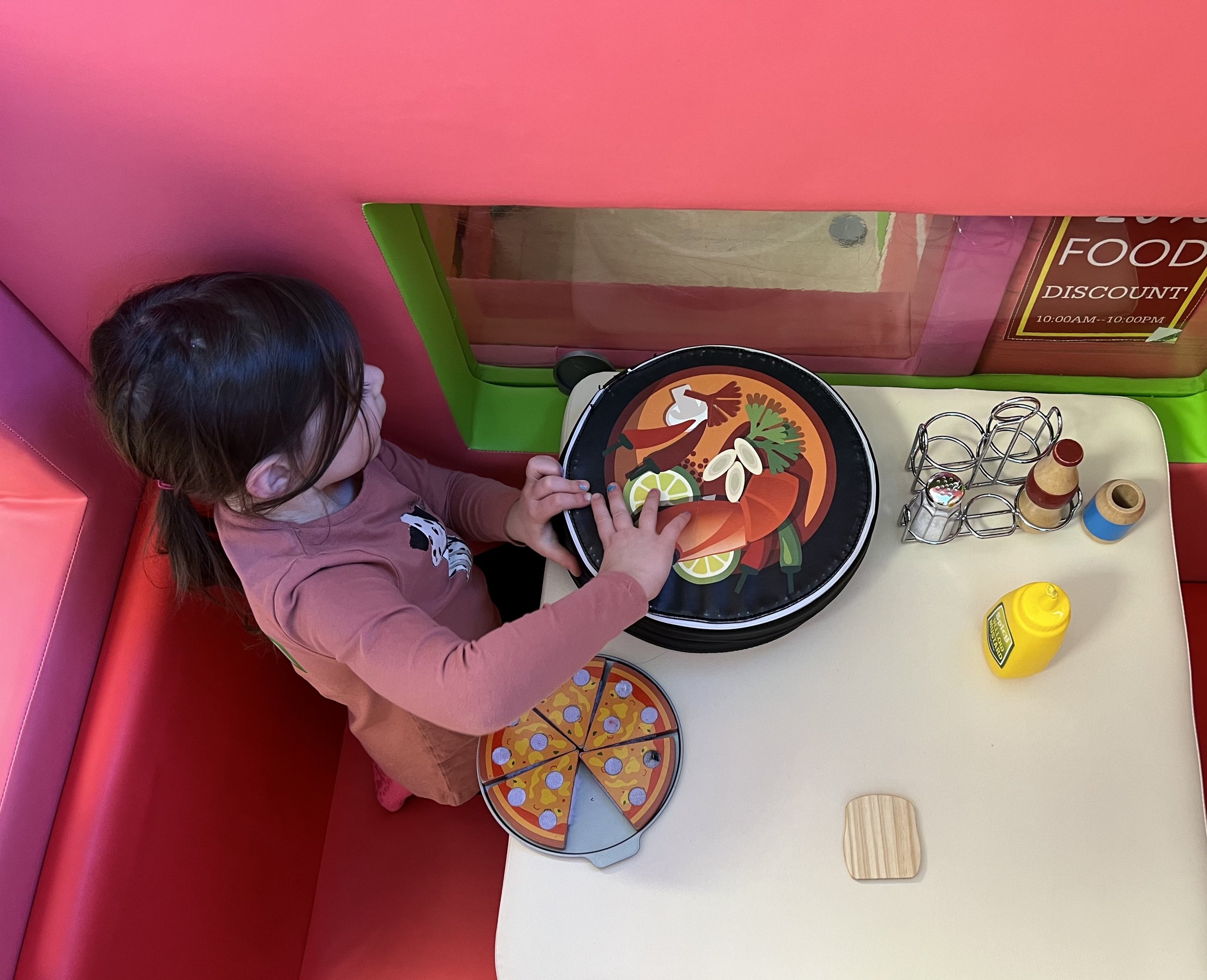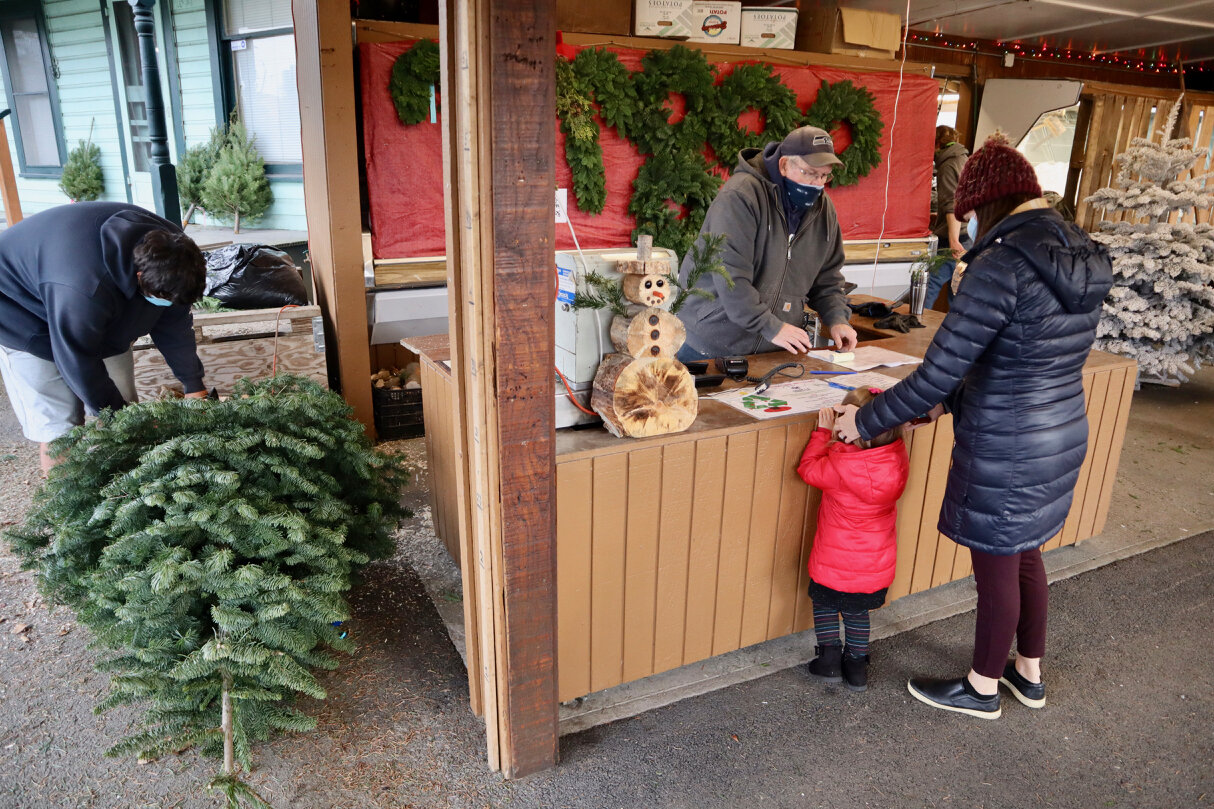Editor’s Note: This article was originally published July 15, 2020.
Some of us gardeners have at least a mild, if not full-blown plant addiction. The nursery is our “happy place,” and we’ve stuck a plant in just about every usable space. Others may want a garden, perhaps a bit more privacy, but only have a small deck to work with. In many urban and suburban gardens, space can become an issue. From plant-addicts with overburdened yards to casual enthusiasts with smaller spaces, the answer to the space dilemma is to “go vertical.”
There are a variety of delightful reasons to grow vertical gardens, whether it’s to maximize edible yield, create visual or artistic interest, establish privacy, grow something you thought you needed more space for, or all of the above.
The good news is that it’s not difficult to start vertical gardening, and you can get started with a few supplies, some creativity and a Saturday afternoon.
Here are 3 tips to get you started on your path to vertical garden glory.
Tip #1: Start with the basics
Pay attention to the light your garden space gets – both in the morning and afternoon - and select plant varieties that can tolerate your conditions. Understanding these conditions can greatly improve your vertical garden performance, and consequently, how much joy it brings you. Trust me on this - it can be frustrating to lose a plant that you grew from a seed or saved your hard-earned pennies to buy.
Light, watering and feeding needs should inform your plant purchase, which in turn will tell you what kind of vertical support they need, so taking the time to consider these foundational elements at the start is key to success.

Zucchini can be trained to grow vertically up a sturdy bamboo pole // Jennifer McKinney
Tip #2: Get Creative
With the basics covered, it’s time to have fun. There are many options to choose from when going vertical. Pallets, bamboo, fencing, that wire shelving in your attic, chicken wire, strings or twine, cinder blocks, 2-liter plastic bottles and PVC tubing are just a few options for trellising, mounting or stacking to start growing “up.” The type of garden you wish to create will determine what you will use to support it.

Pumpkins soaking up the sun on an arched hog panel fence // Jennifer McKinney
With a bit of creativity, a pallet makes an excellent succulent planter. Bamboo poles tied together with twine make excellent supports for cucumber and other vining vegetable crops. Plastic 2-liter bottles can be repurposed into hanging planters for vegetables, flowers or herbs.
The internet has endless inspiration and DIY’s for instruction. You’ll just want to ensure that your solution can support the weight of your plants and soil, plus water.
Tip #3: Start Small, and Work Your Way “Up”
Trying to do too much in one season may be overwhelming. Consider choosing one thing in your garden to grow vertically this year. For example, if you normally grow bushy determinate tomatoes in your garden, look for an indeterminate variety – which will grow in a vine – and hang them from a fence post. Put up a trellis support and grow cucumbers vertically. Make a small wire frame, pack it with moss and soil and plant succulents.

A tomato plant hangs from a container hung on a fence post // Jennifer McKinney
Starting simply enhances your chance of success, bring some near-instant satisfaction with some basic care, and can give you a pretty big boost, which will put you on the path to plant addiction in no time.
Header image: An espaliered pear tree utilizes a fence post for support.
Check out our other Everett gardening articles.

Jennifer McKinney lives and works in the Delta neighborhood with her husband, chickens, cats, rabbit and dog. She enjoys gardening, coffee, travel, fine dining and the occasional stiff whisky.
































